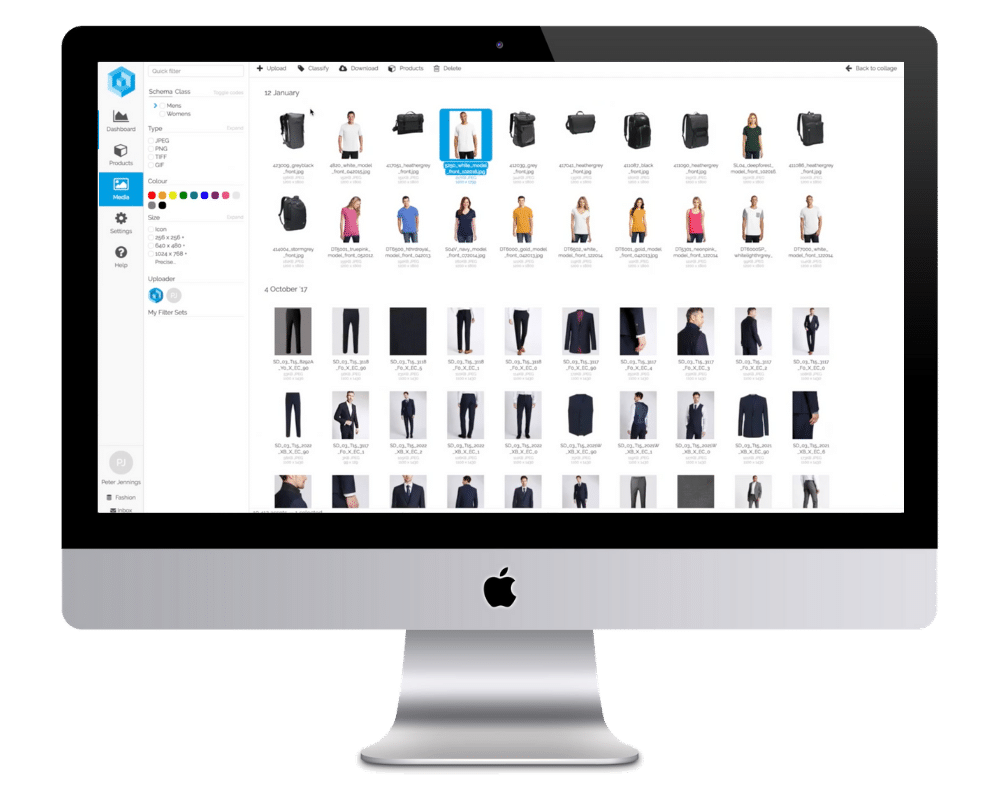Key Takeaways:
- Unsought products are items consumers don’t typically seek out unless they urgently need them (e.g., insurance, funeral services, fire extinguishers).
- Marketing these hard-to-sell products requires education, visibility, and trust-building strategies.
- PIM systems help centralize product information, enabling consistent messaging across all touchpoints to drive awareness and conversions.
What Are Unsought Products?
Unsought products are goods that consumers do not think about frequently or actively seek out until a need arises. Often, they are associated with emergencies, future planning, or low awareness categories. These products typically fall into two categories:

- New unsought products: Items consumers are unaware of (e.g., innovations or niche B2B solutions).
- Regularly unsought products: Products people know about but avoid thinking about (e.g., funeral services, insurance policies).
They pose a unique challenge to marketers because there is often no existing demand or emotional desire attached to them.
Use Cases
- Life Insurance: Many people delay buying life insurance until major life events force the issue.
- Fire Extinguishers: Not top-of-mind for homeowners until a near-miss or emergency strikes.
- Estate Planning Services: Highly valuable but often ignored until it’s almost too late.
For B2B companies, unsought products might include data backup systems or industrial compliance tools that aren’t glamorous but are mission-critical.
Why It Matters for eCommerce and Retail Marketers
Challenge #1: Lack of Consumer Awareness
Unlike impulse or convenience goods, unsought products rarely benefit from casual browsing or high search intent. That means retailers must proactively generate demand.

Solution: Education-First Marketing
To make unsought products more attractive, marketers must focus on:
- Content Marketing: Create blogs, whitepapers, videos, and webinars explaining why the product matters.
- SEO Strategy: Target long-tail keywords that reflect pain points (e.g., “what happens if I don’t have life insurance?”).
- Customer Reviews: Showcase testimonials to reduce uncertainty and build trust.
Challenge #2: Emotional Barriers
Many unsought products deal with uncomfortable topics like death, risk, or loss. These emotional roadblocks can delay decision-making or create resistance.
Solution: Empathetic Messaging
- Storytelling: Use relatable narratives to help consumers visualize the consequences of inaction.
- Value Framing: Highlight peace of mind, protection, or long-term savings.
- Trust Signals: Incorporate certifications, guarantees, and expert endorsements to alleviate anxiety.
Unlocking Awareness: Smart Strategies That Drive Engagement
Key Feature #1: Timely Triggers
One of the most effective ways to promote unsought products is to align marketing with life events or triggers:
- Moving to a new home? Market fire safety tools.
- Having a child? Offer life insurance or will-writing services.
- Buying a car? Promote emergency roadside assistance.
Trigger-based email campaigns and retargeting ads can dramatically improve timing and relevance.

Key Feature #2: Multi-Channel Consistency
Because consumers aren’t looking for unsought products, visibility across multiple channels is crucial. Marketers should ensure consistency across:
- Product descriptions on websites and marketplaces
- Social media campaigns
- Paid search and display ads
- Email sequences
Consistency reinforces credibility and drives recognition over time.
Use Case Example: Selling Carbon Monoxide Detectors
A home improvement brand launched a seasonal campaign about winter safety, highlighting the risks of carbon monoxide poisoning. They used:
- Blog posts educating users about symptoms and prevention
- Social ads with statistics and personal stories
- Product pages with checklists and how-to guides
The campaign lifted product page visits by 45% and increased conversions by 28% compared to the previous quarter.
Unsought Products and PIM: Why Accurate Data Matters
For unsought products, clarity and consistency are critical to overcoming skepticism. A Product Information Management (PIM) system ensures that:
- Product specs, safety information, and usage guides are always accurate
- All marketing channels pull from a single source of truth
- Updates (e.g., new regulations or certifications) are reflected across every listing instantly

With Pimberly’s centralized product data, companies can build trust by:
- Eliminating conflicting information
- Supporting educational content with structured data
- Creating bundles (e.g., home safety kits) to increase perceived value
FAQs
Q: How do you market a product people don’t want to think about?
A: Use education and empathy. Don’t hard sell. Instead, inform buyers through content that explains the consequences of inaction or benefits of being prepared.
Q: What types of companies sell unsought products?
A: Insurers, healthcare providers, security companies, compliance platforms, and even retailers selling emergency or safety gear often deal with unsought goods.
Q: Can bundling help increase sales of unsought products?
A: Yes—by bundling unsought items with higher-interest products (e.g., including a fire extinguisher in a home renovation kit), you create contextual relevance and increase perceived value. Learn how to create effective product bundles.
Q: What role does SEO play in unsought product marketing?
A: Since consumers rarely search directly for these products, long-tail queries, informational keywords, and semantic content help capture passive intent and educate users.
Summary for Marketers of Hard-to-Sell Products
To summarize: Unsought products may not be glamorous, but they serve essential functions—and marketing them requires a smart, empathetic approach.
By focusing on education, life triggers, and consistent messaging across channels, marketers can:
- Raise awareness and urgency
- Overcome emotional barriers
- Drive conversions through strategic visibility
To succeed, brands must also ensure that product data is complete, up to date, and consistent across every touchpoint. This is where PIM platforms like Pimberly shine.
If you sell complex, compliance-driven, or emergency-focused products, centralized product data could be your most valuable marketing asset.













